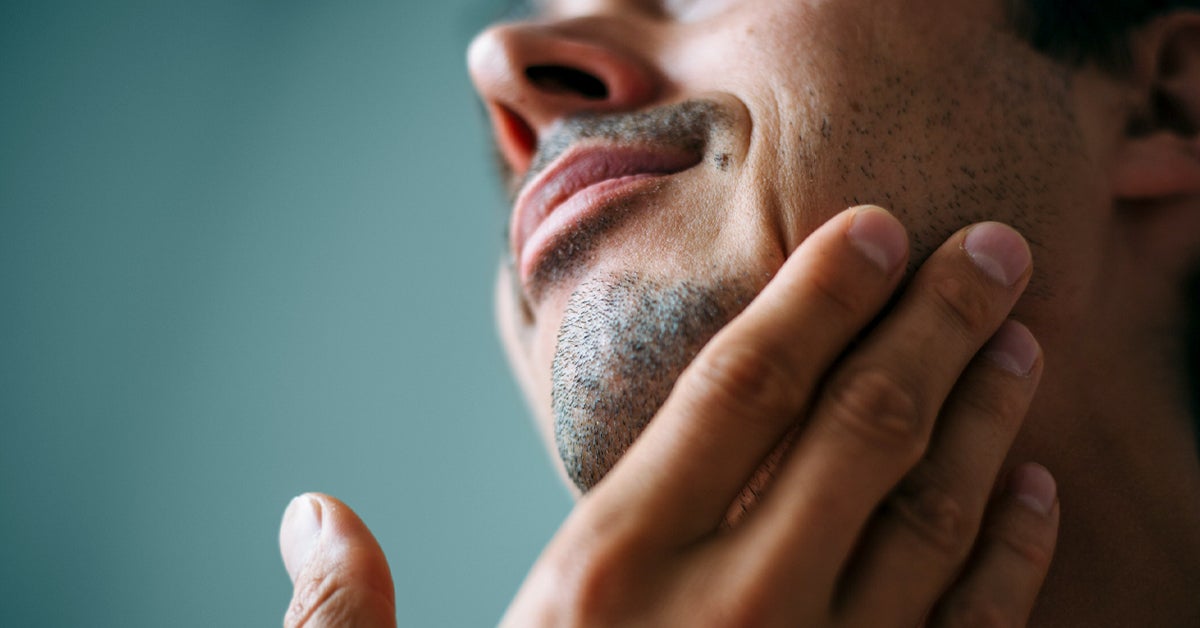STDs that Cause Dry Skin: Types and their Treatments - Healthline

Many of the most common sexually transmitted diseases (STDs) are typically identified by a handful of common symptoms. Herpes, for example, frequently causes genital warts and bumps around the mouth or genitals.
But sometimes, STDs cause less obvious and lesser-known symptoms. One of these often unrecognized symptoms is dry skin. Indeed, dry skin may be one sign that you have an STD.
Frequently, "STD" is used interchangeably with the term sexually transmitted infection (STI), but they're different. STIs are infections that can develop into STDs. As an example, human papillomavirus (HPV) is an STI, unless it leads to genital warts or cervical cancer, which are STDs.
In this article, we'll primarily discuss dry skin that's caused by STDs. We'll also look at some key STIs and their connection to dry skin.
Dry skin is a common symptom of a number of conditions, from allergies and psoriasis to STDs. Any patch of dry skin you develop isn't necessarily a sign you have an STD, but if you have other symptoms, it's worth making an appointment with your healthcare professional to have a full STD screening.
Let's review the STDs that can cause dry skin — as well as other symptoms these STDs cause — so you can spot them when or if they occur.
Herpes
Herpes is an STD caused by a herpes simplex virus (HSV) infection. Two types of HSV exist, and each can cause lesions or warts along the mouth or genitals. They can also cause:
- burning
- itching skin
- dry skin
- rashes
What's more, people with herpes are at higher risk for developing eczema herpeticum. This is a type of serious skin infection that can be deadly if not treated properly.
Symptoms of this condition include burning, tingling, and itching skin. It commonly occurs along the neck and head, but it can occur anywhere on the body. It also is most likely to occur 5 to 12 days after contact with a person who has HSV.
Syphilis
Syphilis is an STD caused by the bacterium Treponema pallidum. In the secondary phase of the infection, about 3 to 6 weeks after contracting the infection, it's not uncommon to develop dry, scaly rashes on the body. They're more common on the palms of your hands or the soles of your feet, and they're unlikely to itch.
In addition to dry skin, people in this second phase of infection may also experience sore throat, fever, and symptoms that resemble the flu.
Genital warts
Genital warts are an STD caused by HPV. In addition to skin-colored bumps that frequently develop around the genitals or anus, HPV can cause dry, itchy skin. The warts themselves can be dry and itchy, as well as the skin around the warts. Additionally, skin elsewhere on the body could become dry as a result of the infection.
AIDS
AIDS is an STD that can develop if you contract HIV. Over time, HIV can damage and weaken the immune system. This can cause the virus' symptoms to worsen. As the immune system weakens, additional symptoms of an HIV infection or AIDS develop. Skin symptoms, including dry skin and rash, can be one of these symptoms.
The STIs that are responsible for some of the most common STDs can cause symptoms like dry skin. These STIs include:
Dry skin on or near the groin isn't always a sign of an STI or STD. It can be an indication of a number of other potential diseases or conditions. These include:
- Yeast infection. In addition to the itchy, burning overgrowth of yeast in the vagina, the skin surrounding the groin can become dry and irritated. Penile yeast infections are also possible.
- Jock itch. As the name suggests, this common fungal infection can cause the skin near the genitals and groin to itch. The ring-shaped rash that's common with jock itch may also be dry.
- Prurigo nodularis. This skin disease causes dry, itchy lumps and rash all over the body. It frequently occurs in people with a weakened immune system or people with immunodeficiency diseases.
- Psoriasis. This skin condition is not limited to your head and arms. Psoriasis can develop in the genital area and cause dry skin and itching on or near the penis, scrotum, anus, vulva, upper thighs, and in the creases of the buttocks. In fact, up to two-thirds of people with psoriasis will develop genital psoriasis.
If you've developed persistent dry skin that doesn't improve with over-the-counter moisturizers like body lotions, you should consider scheduling an appointment with a medical professional. While many causes of dry skin have nothing to do with STDs or STIs, some do. In those cases, it's a good idea to diagnose and begin any treatments so that you're not at risk for complications.
People who are sexually active with multiple partners should consider STD screenings one to two times a year. You may also want to consider a screening before entering a new relationship.
Many of the most common STIs and STDs don't cause symptoms until the disease is advanced. Knowing before you reach that point can help you treat and be prepared to avoid passing the STD to a partner.
Dry skin can occur anywhere on the body, and it's often the result of issues like allergies, inflammation, or skin irritation. But dry skin in the groin may set off a different set of alarm bells. That's because dry skin can be a sign of an STD.
If you can recognize the signs and symptoms of STDs, including uncommon ones like dry skin, you can begin treatment right away. Regular STD screening is also a good idea.

Comments
Post a Comment